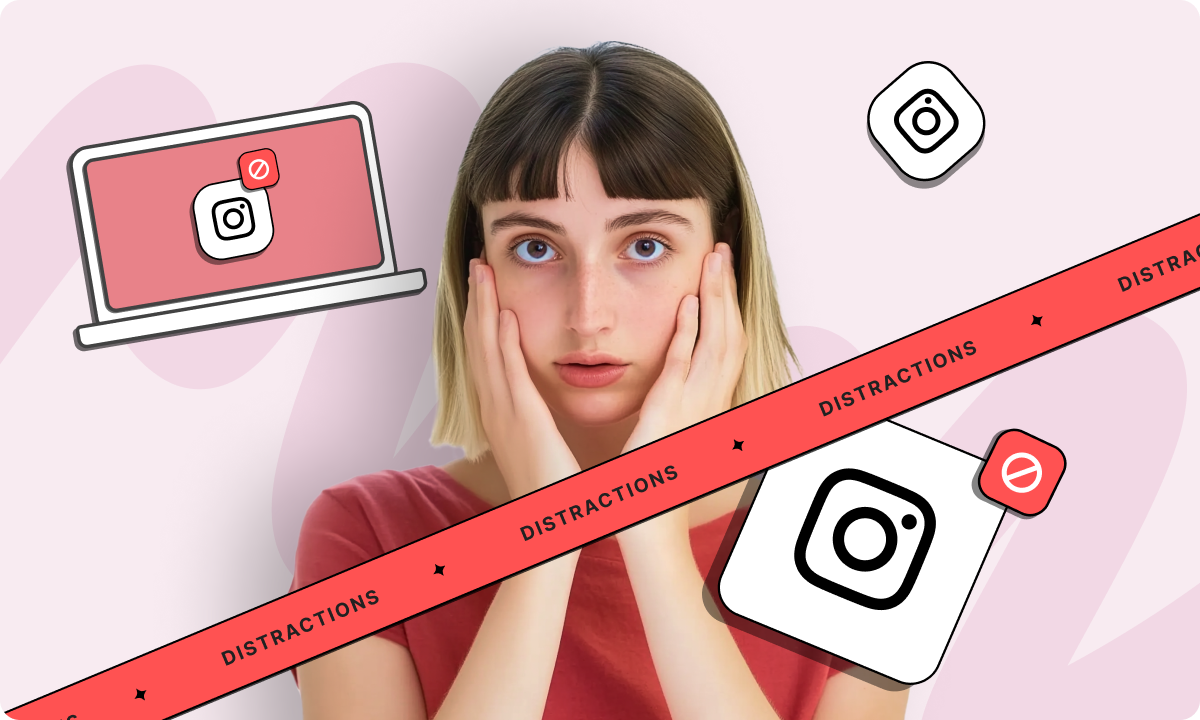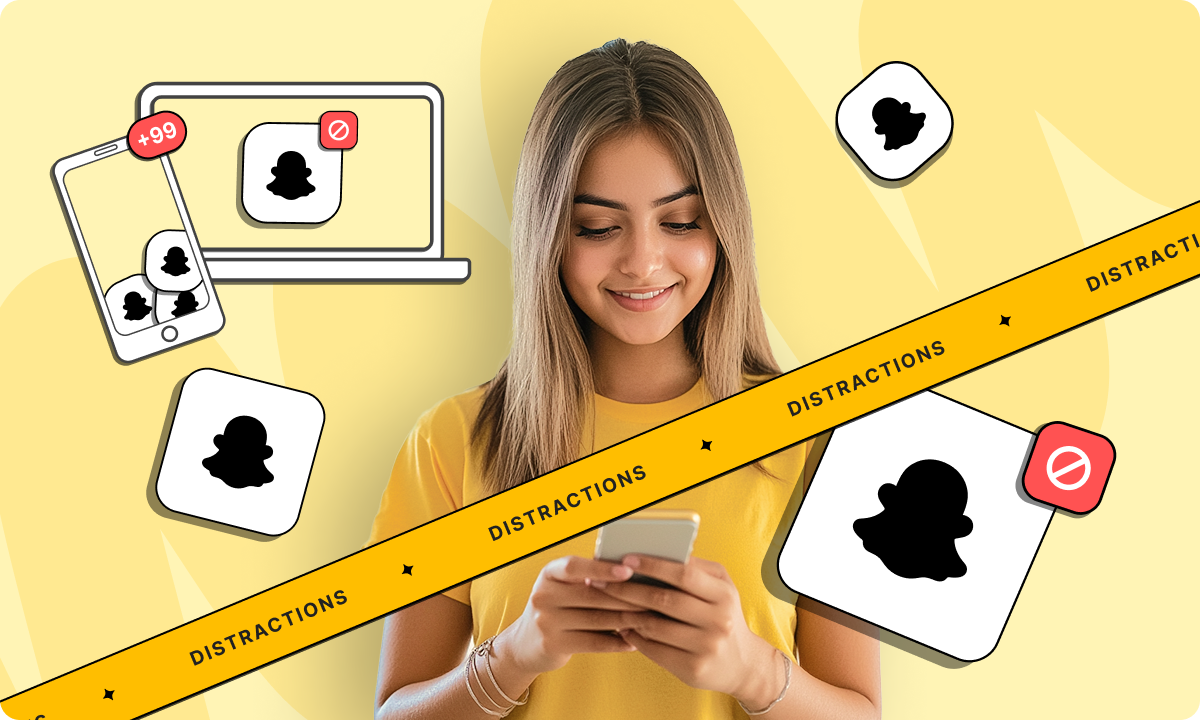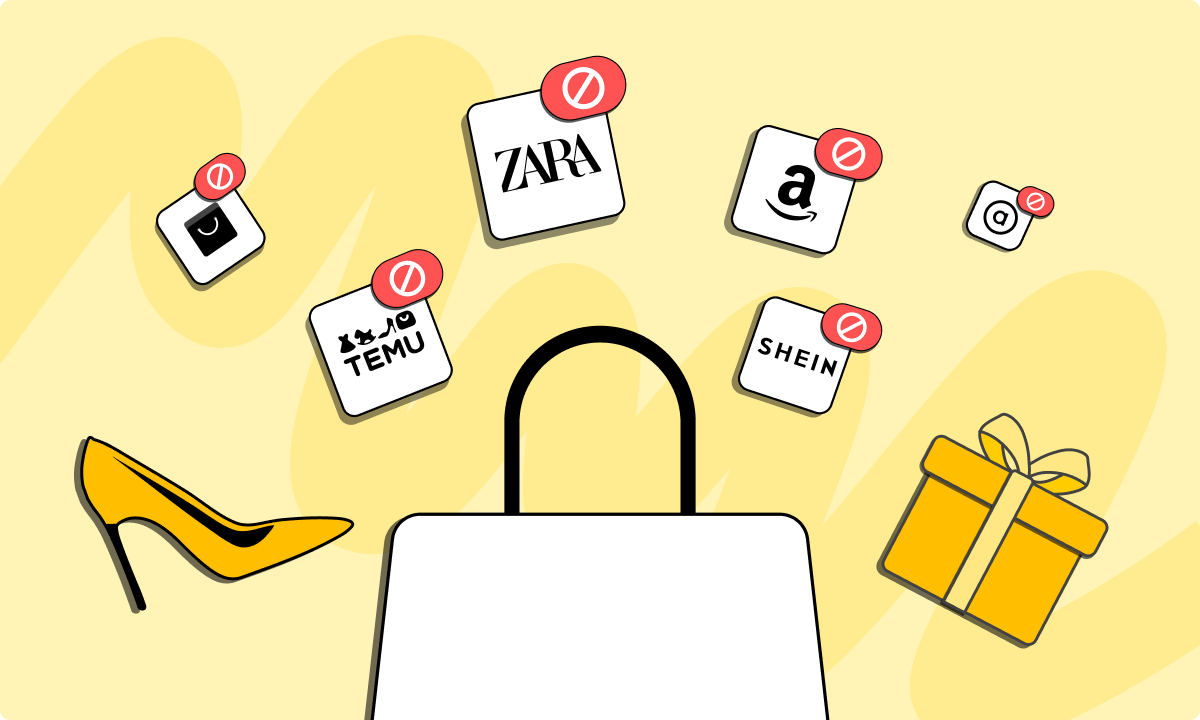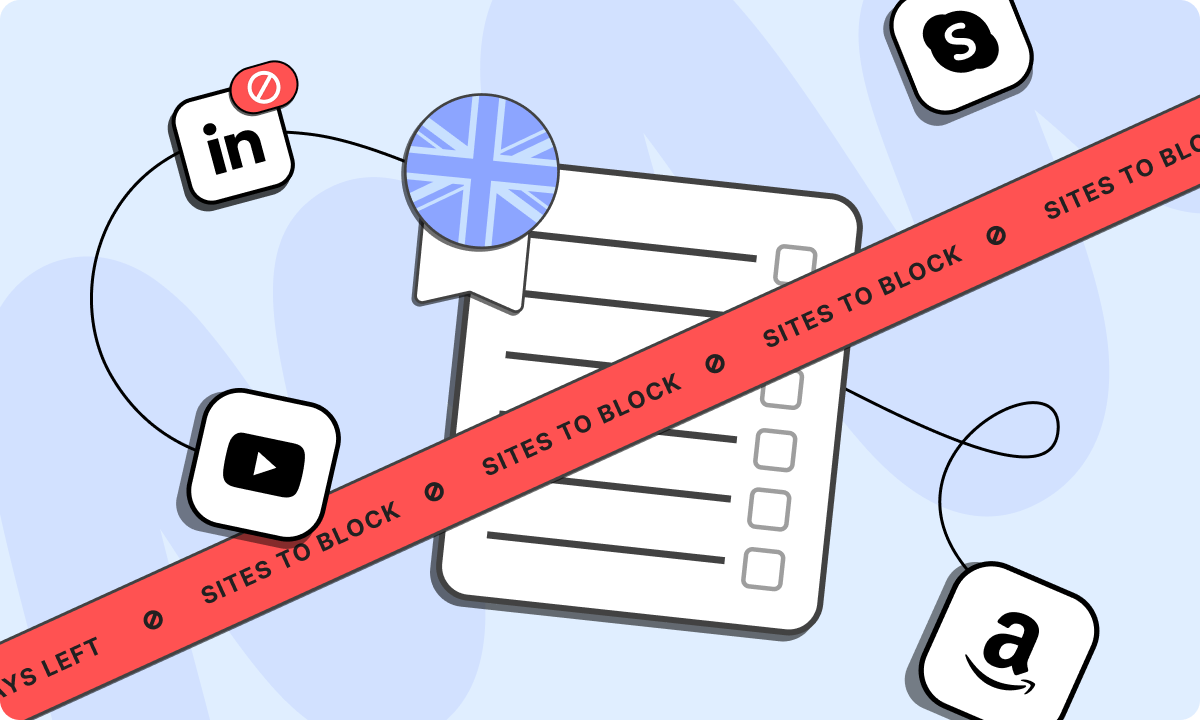Instagram, with over a billion users, has become a central part of many people’s lives. However, excessive use can lead to addiction, impacting mental health and daily life. Are you struggling to reduce your Instagram usage?
What is Instagram Addiction?
Instagram addiction refers to the compulsive use of the social media platform to the point where it interferes with other aspects of life. This addiction is fueled by the instant gratification of likes and comments, creating a loop of continuous engagement.
The prevalence of Instagram addiction is both startling and significant. Consider these revealing figures
- Social Media Addiction in the US: An estimated 10%, or 33.19 million Americans, are addicted to social media, including Instagram. (Source: Addiction Help)
- Global Social Media Addiction: Approximately 210 million people worldwide are addicted to social media, with Instagram being a major platform. (Source: The Lanier Law Firm)
- Instagram’s Impact on Mental Health: Excessive social media use, particularly on platforms like Instagram, is linked to a 47% rise in anxiety and loneliness. (Source: Content Detector)
These statistics not only underscore the addictive potential of Instagram but also highlight the urgent need for effective strategies to manage its use. As we explore ways to mitigate Instagram addiction, it’s essential to recognize the profound impact this platform has on our daily lives and mental well-being.
Signs of Instagram Addiction
Identifying the signs of Instagram addiction is crucial for recognizing when casual scrolling turns into a compulsive habit. Here are some indicators that might suggest an unhealthy relationship with the app:
- Excessive Time Spent on Instagram: If you find yourself spending hours on Instagram, often losing track of time, it’s a clear sign of addiction. For example, you might log in intending to spend a few minutes but end up scrolling for hours.
- Neglecting Responsibilities: When Instagram starts to interfere with your daily responsibilities, such as work, studies, or household chores, it’s a warning sign. You might notice tasks being delayed or incomplete due to the time spent on the app.
- Increased Anxiety or Restlessness: Feeling anxious or restless when you can’t access Instagram is a significant indicator. This could manifest as an overwhelming urge to check your phone constantly for updates or notifications.
- Impact on Sleep: If your Instagram use is affecting your sleep patterns, such as staying up late to browse or checking the app first thing in the morning, it’s a concern. Sleep disruption can lead to a range of health issues.
- Reduced Physical Activity: A decline in physical activity or outdoor hobbies in favor of spending time on Instagram is another sign. You might find yourself preferring to scroll through feeds rather than engaging in physical exercise or outdoor activities.
- Social Withdrawal: Preferring virtual interactions over real-life socializing is a red flag. If you’re turning down social invitations to spend time on Instagram or using the app during social events, it indicates a problem.
- Emotional Dependence: Relying on Instagram for emotional satisfaction, such as seeking validation through likes and comments, is a sign of addiction. You might feel a sense of accomplishment from social media interactions, which can overshadow real-life achievements.
- Irritability or Mood Swings: Experiencing mood swings, especially irritability or frustration when unable to use Instagram, is indicative of addiction. For instance, you might feel agitated if someone interrupts your Instagram browsing.
- Decreased Productivity: If your productivity at work or school is suffering due to time spent on Instagram, it’s a sign that the app is taking over your priorities. You may notice a decline in the quality of your work or difficulty concentrating on tasks.
How to Stop Instagram Addiction?
Overcoming Instagram addiction requires a multifaceted approach, combining self-discipline with practical strategies. If you’re asking yourself, “how do I stop my Instagram addiction,” know that it’s about finding the right balance between technology use and other aspects of your life. Here are several effective methods to help break the cycle of addiction:
1. Maximize BlockSite’s Blocking Tools
BlockSite is an effective tool for managing and overcoming Instagram addiction, compatible with both Android and iOS devices. Its features are designed to help you gain control over your social media usage. Here’s how you can maximize these tools:
Block Apps: This feature allows you to block Instagram directly from your device. It’s particularly useful during times when you need to focus, like during work hours or study sessions. For example, you can set BlockSite to block Instagram during your typical working hours, say 9 AM to 5 PM, ensuring that you stay productive and aren’t tempted to scroll through your feed.

Category Blocking: BlockSite enables you to block entire categories of apps and websites, including social media platforms. This is beneficial if you’re trying to reduce not just Instagram usage, but also your overall time spent on similar apps that might serve as distractions. For instance, you can block all social media platforms during family time or weekends, helping you to stay present and engaged in real-life interactions.

Redirect: The Redirect feature is a unique and proactive approach to managing your online habits. Whenever you try to access Instagram, BlockSite can redirect you to a different website or app of your choice. This could be a news site, a productivity app, or even a learning platform. For example, if you’re trying to learn a new language, you can set BlockSite to redirect your Instagram attempts to a language learning app, turning a potential distraction into an educational opportunity.

2. Establish a Digital Detox Routine
When tackling how to stop Instagram reels addiction, consider creating a digital detox routine. This can significantly reduce Instagram usage by setting aside specific times during the day or week where you consciously avoid using the app, particularly the addictive reels feature. For instance, designate the first hour after waking up and the last hour before bed as Instagram-free times. This not only reduces your overall screen time but also helps in developing healthier habits and improving sleep quality.
3. Engage in Offline Activities
Redirecting your attention to offline activities can effectively counterbalance the time spent on Instagram. Engage in hobbies that don’t involve screens, such as reading, painting, gardening, or playing a musical instrument. Physical activities like sports, yoga, or hiking are not only beneficial for your physical health but also provide a mental break from the constant digital stimulation.
4. Set Realistic Goals
To address your goal on how to stop an Instagram addiction, start with small, achievable goals to gradually reduce your Instagram usage. If you’re accustomed to spending several hours a day on the app, try cutting down by 30 minutes and then gradually increase this goal over time. Tracking your progress can be motivating and help maintain your commitment to reducing screen time.
5. Seek Support
Discuss your goal of reducing Instagram usage with friends or family. They can provide support, encouragement, and accountability. Sometimes, just knowing that someone else is aware of your goals can increase your determination to stick to them.
6. Mindfulness and Meditation
Incorporating mindfulness and meditation into your daily routine can increase your awareness of your Instagram usage habits. These practices help you stay present and make more conscious decisions about how you spend your time. They can also reduce the stress and anxiety that might lead you to seek refuge in social media.
7. Create a Balanced Online Environment
Strive to create a balanced online environment by following accounts that positively influence your mental health and well-being. Unfollow or mute accounts that trigger negative emotions or contribute to excessive scrolling. This can make the time you do spend on Instagram more positive and less addictive.
8. Reflect on Your Usage
For those wondering how to stop using Instagram for awhile, it’s important to regularly reflect on your Instagram usage and its impact on your life. Ask yourself questions like: Why am I using Instagram right now? Is it out of habit, boredom, or for a specific purpose? This introspection can be crucial in understanding and modifying your Instagram habits. Being more mindful of your reasons for using the app can help you identify patterns and triggers for excessive use.
9. Limit Notifications
Limiting Instagram notifications can reduce the urge to constantly check the app. Go to your device settings and turn off non-essential notifications. This simple change can significantly decrease the number of times you pick up your phone and get lost in endless scrolling.
Regain Control, Reclaim Your Time
To successfully overcome Instagram addiction, the path is not just about abstaining; it’s about rediscovering the joys and engagements of life beyond the screen. Each step taken, whether it’s setting achievable goals, engaging in digital detox routines, or using tools like BlockSite, moves you closer to a more balanced and fulfilling life.
Remember, the goal isn’t to demonize Instagram or social media but to cultivate a relationship with these platforms that enriches rather than dictates your life. It’s about making conscious choices, being present in the moment, and prioritizing real-world connections over virtual ones.
FAQs
What is Instagram addiction?
Instagram addiction is a behavioral condition where individuals find themselves excessively engaged with the Instagram app, often to the detriment of their real-life interactions and responsibilities. This addiction manifests as an uncontrollable urge to check the app, scroll through feeds, and interact with content for prolonged periods. It’s characterized by a dependency on the app’s social validation loop, where likes, comments, and followers become a significant source of self-esteem and satisfaction. This condition can lead to negative consequences, including decreased productivity, social isolation, and mental health issues like anxiety and depression. Understanding this addiction is the first step towards addressing it effectively.
How can BlockSite help in reducing Instagram usage?
BlockSite is an application designed to assist individuals in managing their online habits more effectively. It offers a range of features that can be instrumental in reducing Instagram usage. The app’s ability to block Instagram directly prevents access to the platform, thereby eliminating the temptation to scroll and interact. This feature is particularly useful for those moments when self-control wanes. Additionally, BlockSite’s category blocking feature can restrict access to broader categories of websites and apps, including social media platforms, which helps in reducing overall screen time. The redirect feature is another innovative tool; it redirects attempts to access Instagram to more productive websites or apps, encouraging healthier online habits. By utilizing these features, users can create a more disciplined and controlled online environment, aiding significantly in reducing Instagram addiction.
What are some signs of Instagram addiction?
Recognizing the signs of Instagram addiction is crucial for timely intervention. Key indicators include spending an excessive amount of time on the app, often at the expense of important tasks or social interactions. Users might find themselves constantly checking for updates, feeling anxious or restless when they are unable to access Instagram. There’s often a preoccupation with posting content and an overemphasis on the number of likes and comments received. This can lead to mood swings based on the perceived success or failure of social media interactions. Neglecting real-life relationships and responsibilities in favor of Instagram, and the inability to reduce usage despite being aware of its negative consequences, are also significant signs of this addiction.
Can mindfulness help in overcoming Instagram addiction?
Mindfulness is a powerful tool in combating Instagram addiction. It involves being fully present and engaged in the current moment, which can help reduce the urge to compulsively check social media. Mindfulness practices encourage individuals to observe their thoughts and feelings without judgment, which can lead to a greater understanding of the triggers behind their Instagram usage. By being mindful, users can develop greater self-awareness and control over their impulses, making it easier to resist the lure of constant scrolling. Techniques such as mindful breathing, meditation, and digital mindfulness (being conscious of digital consumption) can be particularly effective. Incorporating mindfulness into daily routines can create a more balanced relationship with technology and social media.
Is professional help necessary for Instagram addiction?
The necessity of professional help for Instagram addiction depends on the severity of the condition. For some, self-help strategies and tools like BlockSite may be sufficient to manage and overcome the addiction. However, if the addiction is causing significant distress or dysfunction in a person’s life, seeking professional help is advisable. Mental health professionals can provide tailored strategies and support to address the underlying issues contributing to the addiction. Therapy can also equip individuals with coping mechanisms to deal with triggers and develop healthier habits. In cases where Instagram addiction co-exists with other mental health issues, professional intervention becomes even more crucial to ensure a comprehensive approach to treatment and recovery.








